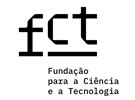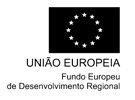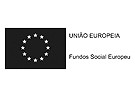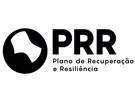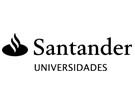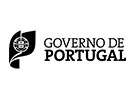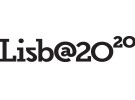



Publication in the Diário da República: Despacho nº 3393/2016 - 04/03/2016
5 ECTS; 2º Ano, 1º Semestre, 60,0 TP , Cód. 9152316.
Lecturer
- Pedro Augusto Santana Figueiredo (1)(2)
(1) Docente Responsável
(2) Docente que lecciona
Prerequisites
Not applicable.
Objectives
Students should be able to apply financial analysis in business: the analysis of financial stability, profitability and risk. Students are prepared to perform a detailed job of interpreting companies accounts and writing reports on each job performed
Program
1. Introduction: object and framework of Financial Analysis
2. Instruments base of Financial Analysis :
2.1. Accountability
2.2. Documents base of Financial Analysis
2.3. Preparation of accounting documents for Financial Analysis
2.4. The method of ratios
3. Financial soundness and financial stability
4. Efficiency and profitability :
4.1. The financial cycle of exploitation
4.2. Income statement analysis
4.3. Return on invested capital
4.4. Return on equity
5. The operational and financial risk
Evaluation Methodology
- Group work with two intermediate presentations each one valued at 15% weighting
- Final test (70%)
Continuous assessment requires completion of all assessment tasks.
Minimum mark 9,5 out of 20.
Those students that choose final or appeal examination a 100% weighting applies
Bibliography
- Brealey, R. e Myers, S. (2012). Principles of Corporate Finance. Lisboa: Mac Graw Hill
- Damodaran, A. (2013). corporate finance, theory and practice. New York: John Wiley
- Menezes, H. (1995). Princípios de Finanças Empresariais. Lisboa: Editorial Presença
- Neves, J. (2014). Análise e Relato Financeiro - Uma visão integrada de gestão. Lisboa: Texto Editores
Teaching Method
Lectures supported by case studies.
Software used in class
Microsoft Office




